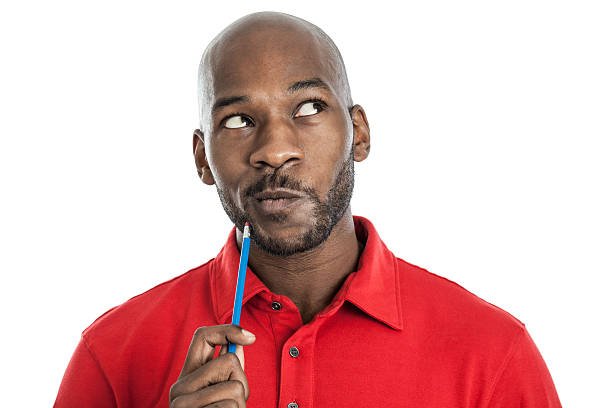When writing your novel, showing your character’s thoughts is one way to make your story beautiful. Whether it is your protagonist or antagonist, revealing your character’s thoughts is a valuable effect to infuse in your story. It gives your readers insight into the character. Imagine a character that has been portrayed as a good and peaceful person suddenly exhibiting evil intentions.
Other reasons why you may want to write your character’s thoughts include:
- You can use a character’s thoughts to develop or present your back story.
- A character’s thoughts will bring your readers into the internal conflict that your character is facing, which will build tension and suspense.
- Your readers can feel your character’s emotions once they can read his thoughts.
When presenting your character’s thoughts in your story, make the thoughts distinct from the story to avoid confusing the readers.
Here’s how to write your character’s thoughts in four simple but effective ways:
i. Italicise the thoughts: You can italicise your character’s thoughts to differentiate them from your narrative. This way, your readers can flow with the story without any break.
For example: After John’s statement at the manifesto, the crowd applauded with great pleasure. If only you all knew what was coming.
Most writers use italics when expressing a unique idea within their stories, and this may be a little confusing if you do the same with thoughts. In this case, you can try the next tip.
ii. Use dialogue tags: A common way to express your character’s thoughts is the use of dialogue tags. That is, the thoughts should end with ‘he/she thought’.
For example: After John’s statement at the manifesto, the crowd applauded with great pleasure. If only you all knew what’s coming, he thought.
This is a lot easier to understand because it stands out clearly as the character’s thought.
iii. Use quotation marks with dialogue tags: Just like the option above, your character’s thoughts can end with ‘he/she thought’. However, the thought should be encased in quotation marks.
Example: After John’s statement at the manifesto, the crowd applauded with great pleasure. ‘If only you all knew what’s coming’, he thought.
iv. Use of deep Point of View (POV): When you want to give your readers a deep connection with your character, use deep POV. With this, you can choose to write your character’s thoughts without any major change. All you do is lace thoughts around the story.
For example: After John’s statement at the manifesto, the crowd was so excited. He looked at them with a strange smile as he walked back to his seat; they didn’t know what he had planned for them.
In the end, there’s no one way to express thoughts in your stories. How you choose to do it depends on you and how well you think your readers will comprehend your story.
What other ways do express your character’s thoughts? Kindly share in the comment section below.





